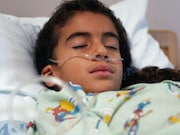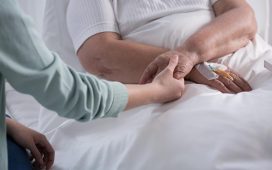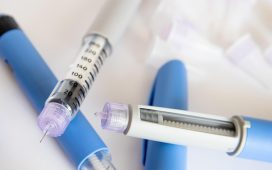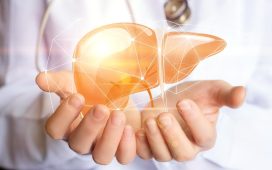Research suggests nasopharyngeal microbiota can be valid proxy for lower respiratory tract microbiota
MONDAY, April 1, 2019 (HealthDay News) — Nasopharyngeal microbiota seem to serve as a valid proxy for lower respiratory tract microbiota in lower respiratory tract infections (LRTIs) among children, according to a study published online March 15 in The Lancet Respiratory Medicine.
Wing Ho Man, M.D., from Wilhelmina Children’s Hospital in Utrecht, Netherlands, and colleagues analyzed paired nasopharyngeal swabs and deep endotracheal aspirates from 29 children aged 4 weeks to 5 years who were admitted to the pediatric intensive care unit (PICU). They also performed a matched case-control study with the same inclusion criteria in 154 children with LRTIs at three Dutch teaching hospitals and in 307 age-matched, sex-matched, and time-matched healthy children recruited from the community.
The researchers found that in the PICU cohort, intraindividual concordance in terms of viral microbiota profiles (96 percent agreement) and bacterial microbiota profiles was high between nasopharyngeal and endotracheal aspirate samples, supporting the use of nasopharyngeal samples as a proxy for lung microbiota during LRTIs. Individually, bacterial microbiota (area under the curve [AUC], 0.77), viral microbiota (AUC, 0.7), and child characteristics (AUC, 0.8) poorly distinguished health from disease in the case-control cohort. However, using a model based on combined bacterial and viral microbiota plus child characteristics distinguished children with LRTIs from their matched controls with a high degree of accuracy (AUC, 0.92).
“Our data suggest that the nasopharyngeal microbiota can serve as a valid proxy for lower respiratory tract microbiota in childhood LRTIs, that clinical LRTIs in children result from the interplay between microbiota and host characteristics, rather than a single microorganism, and that microbiota-based diagnostics could improve future diagnostic and treatment protocols,” the authors write.
Two authors disclosed financial ties to the pharmaceutical industry.
Editorial (subscription or payment may be required)
Copyright © 2019 HealthDay. All rights reserved.








